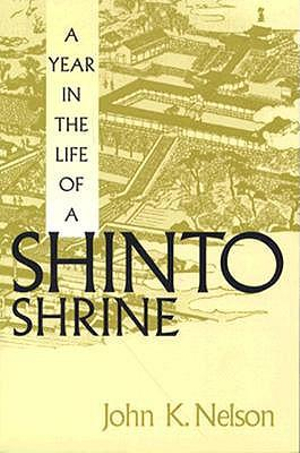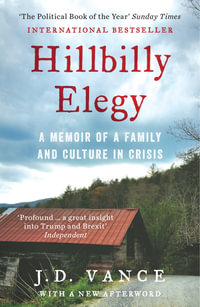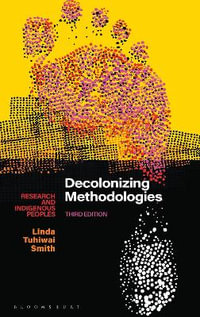
At a Glance
Paperback
Limited Stock Available
$57.90
When will this arrive by?
ISBN: 9780295975009
ISBN-10: 0295975008
Series: A Year in the Life of a Shinto Shrine
Published: 1st April 1996
Format: Paperback
Language: English
Number of Pages: 316
Audience: General Adult
For Ages: 22+ years old
For Grades: 17+
Publisher: University of Washington Press
Country of Publication: GB
Dimensions (cm): 21 x 15.5 x 1.5
Weight (kg): 0.49
Shipping
| Standard Shipping | Express Shipping | |
|---|---|---|
| Metro postcodes: | $9.99 | $14.95 |
| Regional postcodes: | $9.99 | $14.95 |
| Rural postcodes: | $9.99 | $14.95 |
How to return your order
At Booktopia, we offer hassle-free returns in accordance with our returns policy. If you wish to return an item, please get in touch with Booktopia Customer Care.
Additional postage charges may be applicable.
Defective items
If there is a problem with any of the items received for your order then the Booktopia Customer Care team is ready to assist you.
For more info please visit our Help Centre.
You Can Find This Book In
This product is categorised by
- Non-FictionReligion & BeliefsOther Non-Christian ReligionsOriental ReligionsShintoism
- Non-FictionSociety & CultureSocial GroupsEthnic StudiesEthnic Minorities & Multicultural Studies
- Non-FictionSociology & AnthropologyAnthropologySocial & Cultural Anthropology, Ethnography
- BargainsNon-Fiction BargainsHistory Bargains
- BargainsNon-Fiction BargainsReligion and Beliefs Bargains
























